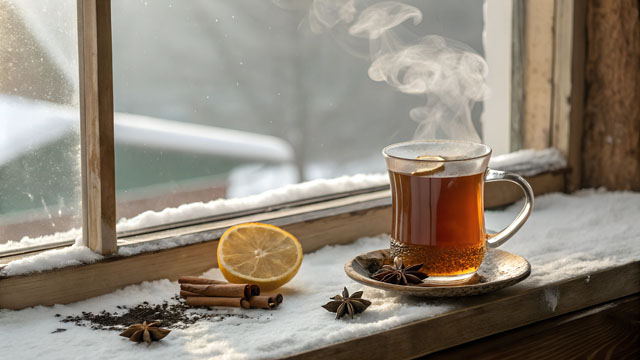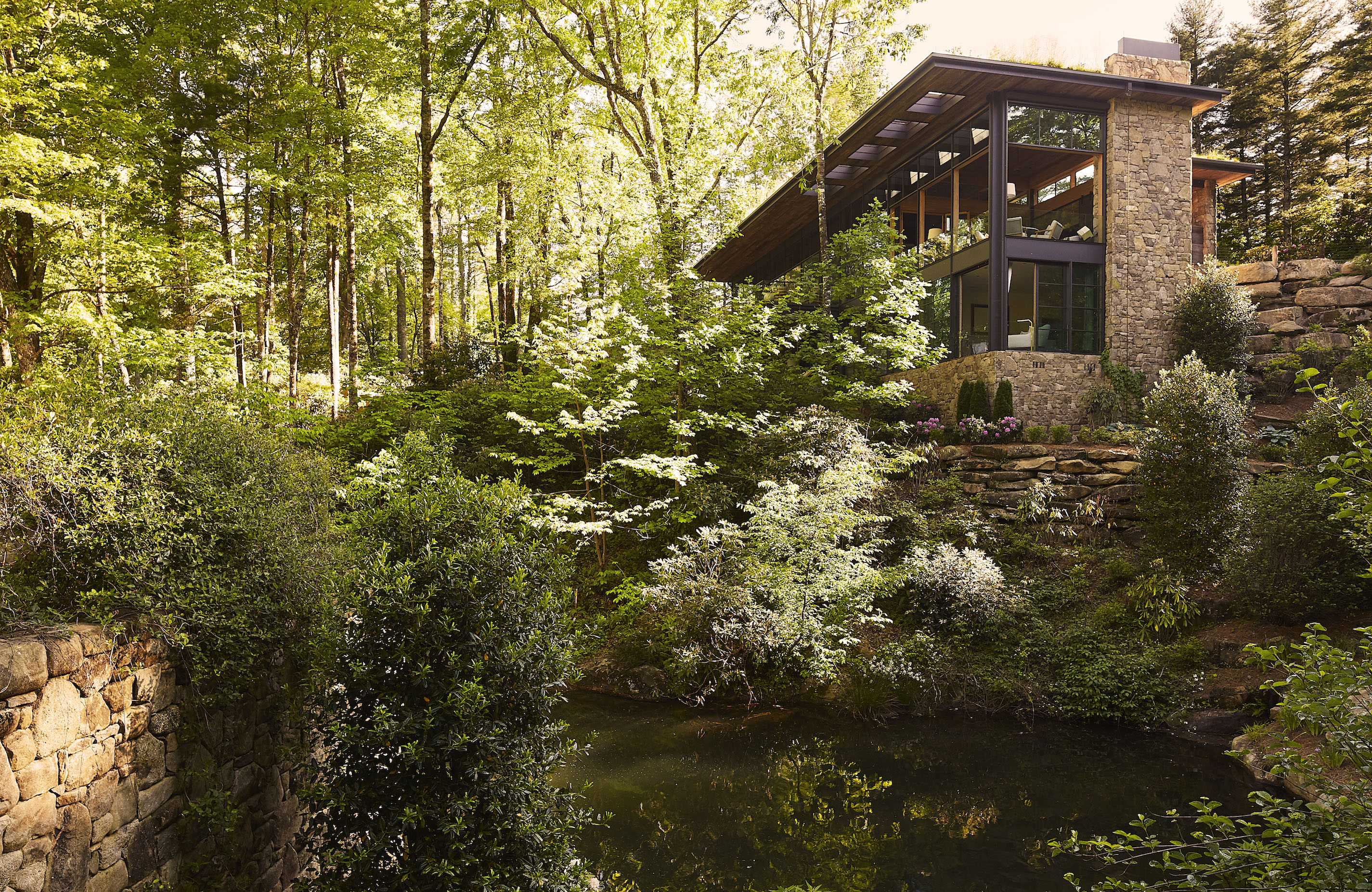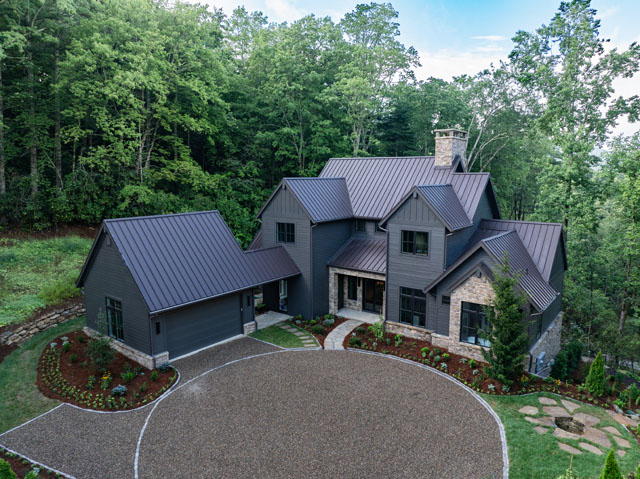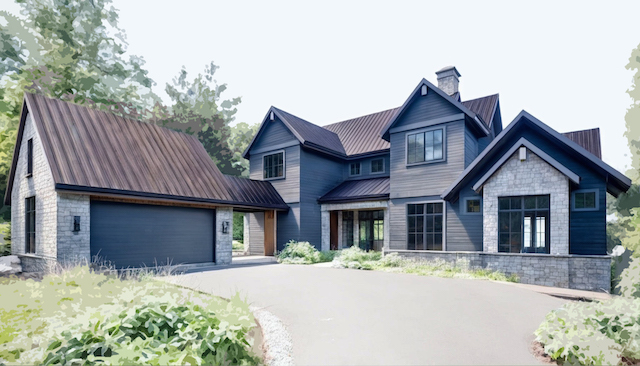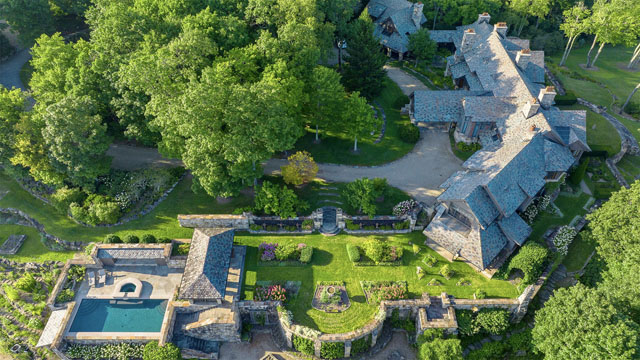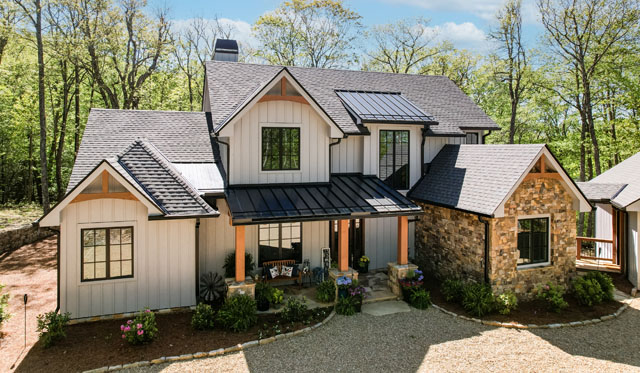Learn to Create an Ecological Oasis in Your Backyard
04 Feb 2025
Moving in the right direction for a more harmonious planet
Feb-March 2025
Written By: ARIELLE MCINTYRE | Images: photo carole shepardson
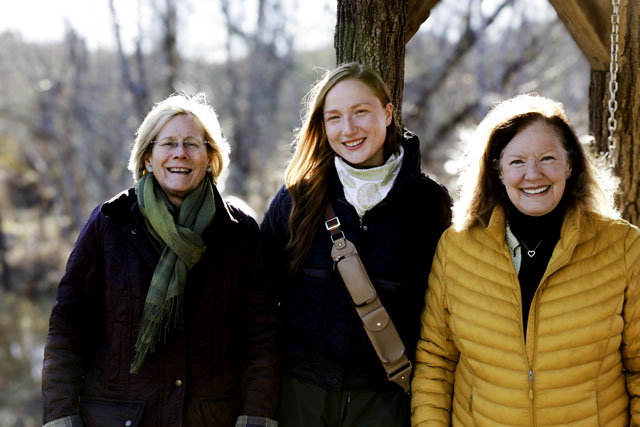
I first met Nancy Anderson when she joined me and maestro landscape architect Mary Palmer Dargan at our home garden design course, the Placemakers Academy. This was not Anderson's first experience exploring and studying the natural world. As Professor Emerita of Biology at Purdue University, Anderson says, “I have always been fascinated by the different types of environments and native plant communities that support wildlife in the various places that I have gotten to know around the world.”
When Anderson joined the 2023 session of The Placemakers Academy Garden Design Immersion, she hit the ground running to craft a backyard garden space that would provide beauty and sanctuary for all of the wonderful plants and animals that call Southern Appalachia home.
“The Placemakers Immersion Course gave me a life-changing experience that opened my eyes to a new way of thinking about how to create my garden as a living space the people I care about will share with native plants and wildlife,” says Anderson.
The program draws from Mary Palmer Dargan's 50 years of experience designing beautiful home gardens. It offers a roadmap for creating an oasis in your backyard. Each year, 30 home gardeners are guided through creating their landscape plans from start to finish.
There is a misconception that we have to pick between beauty and sustainability in our home landscapes. Let’s resolve to overcome this misconception in 2025 and return to home gardens that sustain us, the natural world and our creativity on a deeper level.
“My training had me tuned in to carefully observe native plants and creatures that we all love here in our high-altitude temperate rainforest region, but I needed to have my eyes opened to see beauty in the big patterns, such as movement, form, line, and texture.”
Creating a home garden can be both a creative outlet and a helping hand to Mother Nature. Imagine your landscape as a beautiful work of art that nature has already begun. “As backdrops, I planted beautiful elderberry behind the ferns at the edge of our forest and high bush blueberry shrubs behind our fire pit. Blueberry shrubs look great in all seasons, and the flowers feed bumble bees early in spring,” explains Anderson.
Her garden includes a few intriguing destination spots for relaxation and contemplation. To minimize labor and expense, she focuses on self-sustaining plants. She also grows produce and fresh herbs to stock in her kitchen and has a bee hive that produces award-winning honey. Anderson adds, “Instead of worrying about garden maintenance and hiring people to solve problems, I now feel inspired to address any problem that irks me.” For example, Nancy reimagined a wet spot under a gutter, creating a fountain that attracts chipmunks, honey bees and birds. For herself, a porch swing and a memorial to her cat beside the fountain make it a destination she visits daily. In the spring, she plans to deepen the fountain to support a bog garden with plants native to our temperate rainforest climate.
A New Chapter of the North Carolina Native Plant Society
In August of 2023, an inaugural group of native plant lovers met at the Cashiers Village Green to discuss the creation of the Oconee Bell Chapter of the N.C. Native Plant Society. Anderson, a pivotal steering committee member, says she wanted “to connect with property owners, homeowner associations, and developers in our area to promote more planting and protection of plants native to our region.”
As Anderson explains, the group's goal is “to make sure that everyone feels welcome to participate in any of our chapter events, regardless of how much they know about our local native plants. For example, a very popular tradition we have established is to raffle plants (donated by generous chapter members) and to give away native seed packets or to exchange native plant seeds we have collected at all chapter events, which are free and open to the public.”
As the newest Chapter of the North Carolina Native Plant Society, Oconee Bell has already hosted events and collaborated with the Highlands Biological Station, Transylvania County Extension Master Gardener Volunteers, Southern Highlands Reserve, the Highlands-Cashiers Land Trust, Camp Merrie-Woode, Gorges State Park, the Cashiers Historical Society, Cashiers Chamber of Commerce, Hotel Cashiers, Dargan Landscape Architects, Lonesome Valley, Highlands Mountain Garden Club, Laurel Garden Club of Highlands, Winding Stair Farms and Chattooga Gardens Nurseries, Bigelow’s Botanical Excursions and the Albert-Carlton Cashiers Community Library.
Anderson is proud of the group’s progress, “In our first year, the chapter grew to 108 official NCNPS members and 275 email subscribers. As we increasingly recruit knowledgeable people in our region, we learn so much from each other.”
The Movement to Create Homegrown National Parks
Oconee Bell joined forces with Camp Merrie-Woode this past fall to host a lecture by entomologist Doug Tallamy, a thought leader in the native plant movement. Each of our backyard conservation efforts comes together to form what Tallamy calls “Homegrown National Parks.”
Tallamy envisions, “What if each American landowner made it a goal to convert half of his or her lawn to productive native plant communities? Even moderate success could collectively restore some semblance of ecosystem function to more than twenty million acres of what is now an ecological wasteland. How big is twenty million acres? It is bigger than the combined areas of the Everglades, Yellowstone, Yosemite, Grand Teton, Canyonlands, Mount Rainier, North Cascades, Badlands, Olympic, Sequoia, Grand Canyon, Denali, and the Great Smoky Mountains National Parks. If we restore the ecosystem function of these twenty million acres, we can create this country’s largest park system. It gives me the shivers to write about it. Because so much of this park will be created at our homes, I suggest we call it Homegrown National Park."
Each of us has an opportunity to support the web of life right in our home gardens by planting native plants. Your yard may seem like a small piece of the pie, but our collective efforts can form a patchwork of green spaces that revitalize our native ecosystems. Tallamy explains, "Restoring habitat where we live and work, and to a lesser extent where we farm and graze, will go a long way toward building biological corridors that connect preserved habitat fragments.”
Our efforts are amplified when we come together as a community behind a common goal. Together, we can accomplish great things. Our actions toward a more harmonious planet move us closer to a healthier and more viable future for generations to come.
Enrollment for the 2025 Placemakers Academy Garden Design Immersion is open through Feb. 26. Learn more and reserve a spot for this garden adventure at theplacemakersacademy.com/2025-2.
For more information about the North Carolina Native Plant Society and the Oconee Bell Chapter, visit ncwildflower.org/oconee-bell-chapter.

